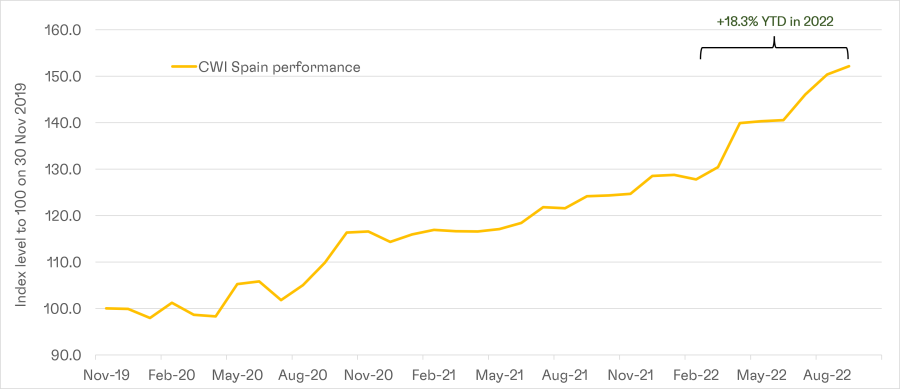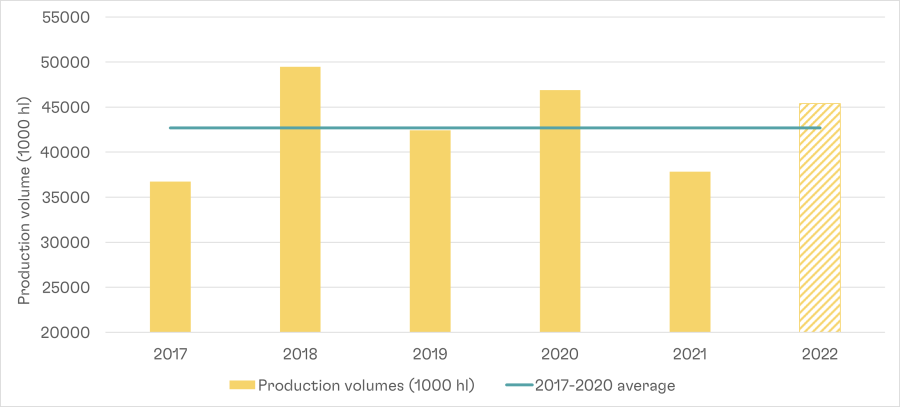
Part III – Key themes impacting fine wine
The global fine wine market is at a crossroads. Improving technology is bringing together an expanding global buyer base. After detailing our outlook for the fine wine market in Part I and our regional breakdown in Part II, here we look closer at a few of the main trends that we expect will impact the fine wine market in 2023 and beyond.
Fine wine diversification
The diversification of the fine wine market will play a greater role in the year ahead. A decade ago, Bordeaux’s market share dwarfed all others whereas now Burgundy, Champagne, Piedmont, and Tuscany can also call themselves core fine wine regions. California and other New World regions also contribute a growing number of investment-grade wines.
Now we’re seeing the next wave of the market’s expansion, spurred on by increased technology connecting a wider net of buyers and sellers. This in turn expands market demand to a larger set of wines. When certain wines in emerging regions gain widespread recognition as fine wines, price appreciation can accelerate, which appears to be happening in Spain at the moment.
Figure 1 – Our Spain selections gain momentum
Cult Wine Investment Spain performance (30 Nov 2019 – 30 Nov 2022)*

Source: Pricing data from Liv-ex as of 31 Oct 2022. CWI Performance calculated quarterly. The results depicted here are not based on actual trading and do not account for the annual management fees that may be charged to a Cult Wines customer which ranges from 2.95% to 2.25% depending on the size of the portfolio, and there is no guarantee of similar performance with an investor’s particular portfolio.
Following the recent price surge among top Burgundy and Champagne wines, Spain and other ‘emerging’ regions could generate even more attention in the year ahead. Oregon is defining itself as a source of world class single vineyard Pinot Noir and Chardonnay following a wave of investment from Burgundian producers.
Climate change
We’ve discussed the growing impact from climate change on both production levels, style and quality before. Both Bordeaux and Burgundy faced climate chaos in 2021 and 2022 with frosts and hail in the former and severe droughts this past year. But nearly every fine wine region has seen warmer than average temperatures in recent years with harvests now often several days earlier than traditional start times.
We’re monitoring both the immediate impacts on each vintage and the adaptations of growers and winemakers. Many Bordeaux and some Tuscan producers are upping the percentage of Cabernet Franc in their wines as the variety copes with drought better than other Bordeaux varieties.
The changing climate will impact regions differently, however. We’ve written before about how Germany and even Bordeaux can benefit from more consistent ripening. English sparkling wine is another area where warmer summers are improving vintage consistency and quality. The sunny 2022 growing season is already generating a lot of positive press. Sales have jumped in recent years, and the momentum has spurred outside investment from the likes of Taittinger and Pommery.
Market sensitivity to supply and release prices
Vintage quality, production levels and release prices form a trio of factors that drive the market outlook for a new wine. We expect heightened market sensitivity to this trio for the major Burgundy 2021 and Bordeaux 2022 vintage En Primeur (EP) campaigns in the year ahead. This can also impact and create value among back vintages in the secondary market as buyers re-evaluate where to find the best-valued wines.
Burgundy will release its 2021 vintage early in 2023 with volumes 50%-80% down for some wines. Low supplies and the general strength of the Burgundy market point to higher release prices than the past. Quality will vary depending on site and producer, meaning a selective approach to the new vintage is required, especially as expectations for both the quality and quantity of the 2022 vintage are favourable.
Figure 2 – French wine production volumes
Annual volumes (hectolitres) of wine produced in France (2022 estimate)

Source: Agreste.
Bordeaux, meanwhile, will conduct its 2022 vintage EP in the spring. Early reports suggest a high-quality crop despite the drought and heatwaves. However, quantity could once again come lower than average. Following a mixed reception to the 2021 EP this past year, release prices this year will play a big role in determining the regional outlook.
Disclaimer: Past performance is not indicative of future success; the performance was calculated in GBP and will vary in other currencies. Any investment involves risk of partial or full loss of capital. The Cult Wines Global Index is a representative benchmark for the fine wine market. The results depicted here are not based on actual trading and do not account for the annual management fees that may be charged to a Cult Wines customer which ranges from 2.95% to 2.25% depending on the size of the portfolio, and there is no guarantee of similar performance with an investor’s particular portfolio.
Related Articles

Bordeaux 2024 En Primeur Roundup: A Vintage with Something to Prove
By Aarash Ghatineh




